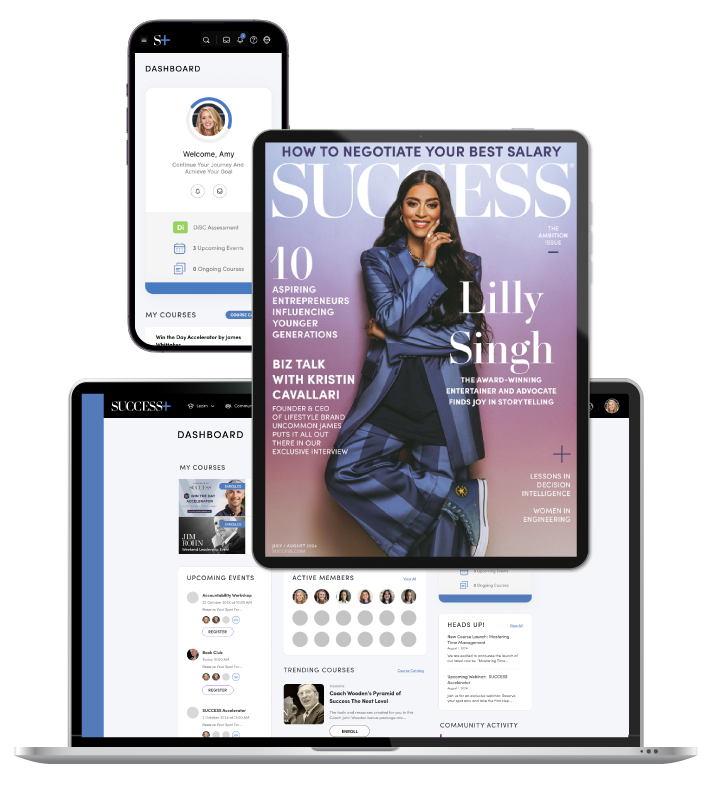Once upon a time, the office was endured, hours painfully counted and weekends eagerly awaited. Today, companies like JPMorgan are attempting to flip that entire script, creating headquarters so luxurious and fully equipped you might never want to actually leave.
Think gourmet cafés, rooftop lounges, fitness centers, meditation pods—and an app that preorders your lunch and stores a digital badge—all under one roof. It’s an office that doesn’t just want you to work; it wants you to live, play and maybe even sleep there. Why go home when your workspace is basically a micro-city of convenience, comfort and curated Instagram moments?
JPMorgan’s new 60-story tower reimagines the Wall Street office experience
JPMorgan’s new headquarters at 270 Park Avenue is poised to transform what it means to work on Wall Street. This state-of-the-art 60-story tower, expected to open later this year, combines office space with a host of amenities designed to keep employees on-site for extended hours.
From early-morning workouts to late-night snacks, the building anticipates nearly every need an employee might have. It includes a fully equipped gym with cardio machines, free weights and fitness sessions, as well as wellness rooms for meditation, prayer or quiet breaks. Meals are available all day in a luxurious food hall offering a variety of global cuisines, while a 24/7 grab-and-go station keeps coffee, snacks and breakfast essentials within reach at any hour. Coffee machines can even be activated via QR codes, and the Work at JPMC mobile app helps employees preorder meals, locate conference rooms, sign in visitors or navigate the building.
Conference rooms are equipped with adaptable layouts and video conferencing tools, while redesigned lounges and social spaces provide opportunities for informal networking. Private balconies offer a chance to look down at the city you’ve effectively abandoned, while the in-house pub reminds you that social life, too, can be corporate.
Security is high-tech from the moment you step inside. Biometric palm scanners let employees swipe in without touching a thing, while emergency locks in the bathrooms can alert security instantly if needed. The office also looks out for your well-being: circadian lighting and carefully considered design elements bring in more natural light and help ease sensory overload for those extra-long days at the desk.

JPMorgan combines high-tech tools and luxury amenities to draw staff back to the office
JPMorgan isn’t just bringing employees back, it’s reshaping the meaning and purpose of the office altogether. Earlier this year, nearly all staff were instructed to return to full-time work, following CEO Jamie Dimon’s warning that remote work can dilute company culture and weaken collaboration. Rather than relying solely on policy, the company has curated the workplace to make attendance practical, attractive and conducive to its broader organizational goals.
The tower reflects an urgent shift in their approach to work. Employees returning to 270 Park Avenue are expected to engage fully with the daily rhythm of the office, attending meetings, collaborating in person and taking advantage of on-site facilities when possible. The emphasis is on presence and participation, making physical attendance a key factor in professional recognition and internal promotion.
Modern headquarters are designed to shape employees as much as accommodate them. At campuses like Google, Apple and Amazon, immersive spaces encourage workers to stay present, engaged and loyal. Gym visits, meditation breaks and casual networking are all engineered into the day, creating an office that feels effortless and free on the surface but leaves little space for life outside its walls.
When workspaces become instruments of productivity
Modern headquarters are increasingly designed not just to accommodate work, but to shape it. Companies are investing in sprawling campuses and high-rise towers where every element, from the layout of conference rooms to the placement of toilet facilities, is calibrated to encourage employees to spend longer hours on-site and remain highly visible.
Amenities such as gyms, meditation rooms and social spaces are not just lucky conveniences; they are tools that subtly guide behavior, reward presence and normalize extended engagement. In these settings, career progression depends less on consistent results and more on being visibly present and actively engaged.
Full-time return-to-office rules are rarely based solely on rationale. They are often shaped by internal politics, entrenched workplace norms and managerial beliefs, with little proven impact on productivity or employee satisfaction. Individual work patterns vary, and no single solution fits everyone.
After years of remote and flexible work, most global employees know what freedom feels like. Many have redesigned their lives around it, especially parents balancing work with caregiving responsibilities. For some, no amount of gleaming architecture, rooftop lounges or tech-enabled immersion will lure them back. Once people have glimpsed a future where work fits around life, it is remarkably difficult to convince them to return to a past that feels, by comparison, supremely restrictive and counterproductive.
Photo from fosterandpartners.com











